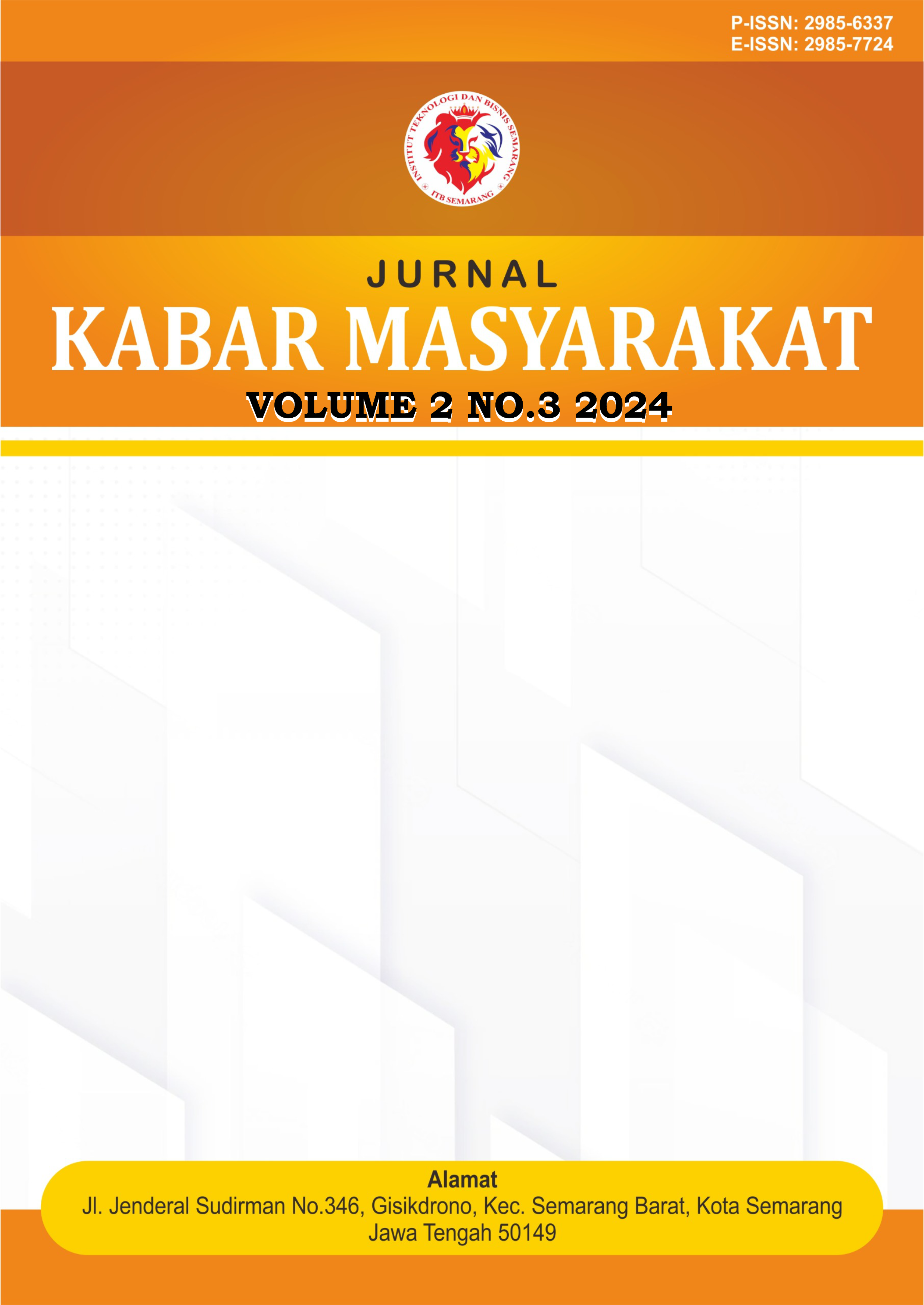Implementasi Sistem Hidroponik Ramah Lingkungan Menggunakan Galon dan Botol Bekas untuk Peningkatan Produksi Tanaman Sayur di Desa Balongwono
DOI:
https://doi.org/10.54066/jkb.v2i3.2297Keywords:
hydroponics, waste, BalongwonoAbstract
In 2023, Indonesia generated 32.035 million tons of waste per year, with 49.6% coming from household waste (SIPSN, 2023). Balongwono Village in Mojokerto Regency, East Java, also faces waste problems and is an agricultural area with the majority of the population working as farmers. Vegetable production in this village is often suboptimal due to limited land and conventional farming methods. To overcome this problem, a socialization on the benefits and basic techniques of hydroponics was conducted, training on making hydroponic installations from used items, and mentoring to ensure the success of the system. The hydroponic system that utilizes used gallons and bottles as growing media aims to increase vegetable production in Balongwono Village. The results show that plants such as kale and pakcoy grow faster and fresher than conventional methods. In addition to increasing yields, this system also reduces plastic waste and lowers production costs. The implementation of this hydroponic method provides double benefits: increasing vegetable production and reducing waste. This method can be a reference for other villages with similar problems, contributing to environmental sustainability at large.
References
Izzuddin, Ahmad. "Wirausaha santri berbasis budidaya tanaman hidroponik." Jurnal Pengabdian Masyarakat/DIMAS 12.2 (2016): 351-366. https://download.garuda.kemdikbud.go.id/article.php?article=2338121&val=5946&title=Wirausaha%20Santri%20Berbasis%20Budidaya%20Tanaman%20Hidroponik
Widiyasari, Ririn, Zulfitria Zulfitria, and Salsabila Fakhirah. "Pemanfaatan sampah plastik dengan metode ecobrick sebagai upaya mengurangi limbah plastik." Prosiding Seminar Nasional Pengabdian Masyarakat LPPM UMJ. Vol. 1. No. 1. 2021. https://jurnal.umj.ac.id/index.php/semnaskat/article/view/10641
Zeki, M., Irawan, H., & Murdiani, M. (2022). Pelatihan dan Pendampingan Budidaya Sayuran Menggunakan Hidroponik Guna Peningkatan Ketahanan Pangan. JMM (Jurnal Masyarakat Mandiri), 6(6), 4459-4465. https://journal.ummat.ac.id/index.php/jmm/article/view/10781
Sariwati, Atmira, Muh Shofi, and Lailatul Badriah. "Pelatihan pemanfaatan limbah botol plastik sebagai media pertumbuhan tanaman hidroponik." Journal of Community Engagement and Employment 1.1 (2018): 6-13. https://core.ac.uk/download/pdf/230913104.pdf
Hayati, N., Fitriyah, L. A., & Wijayadi, A. W. (2021). Pelatihan Budidaya Tanaman secara Hidroponik untuk Pemenuhan Kebutuhan Sayur Skala Rumah Tangga. JPM (Jurnal Pemberdayaan Masyarakat), 6(1), 537–545. https://doi.org/10.21067/jpm.v6i1.5382
Makhsonah, Fara, et al. "Pemberdayaan Masyarakat Melalui Penyuluhan Sistem Hidroponik Kepada Ibu-Ibu PKK Desa Bringin Srumbung." Gudang Jurnal Multidisiplin Ilmu 2.8 (2024): 81-89. https://gudangjurnal.com/index.php/gjmi/article/view/786







